Marie Antoinette (1755-93) after Vigee-Lebrun
This painting is a contemporary reinterpretation of the original portrait of Marie Antoinette painted by Élisabeth Louise Vigée-Lebrun. Louise Clay's rendition denotes a departure from the conventional approach to historical portraiture. Through vibrant colors and unconventional composition, Clay presents a reimagined portrayal of the iconic historical figure.
In this artwork, Clay employs a modern aesthetic to engage with the historical subject, thereby challenging traditional representations of Marie Antoinette. The use of bold brushstrokes and vivid hues creates a sense of dynamism, offering a fresh perspective on the subject's persona. The composition deviates from the formal constraints of traditional portraiture, imbuing the painting with a contemporary sensibility.
Furthermore, Clay's reinterpretation of Marie Antoinette invites viewers to contemplate the complexities of historical identity and the enduring relevance of historical figures in contemporary discourse. By infusing the portrait with anachronistic elements, such as modern attire or unconventional accessories, the artist prompts a reconsideration of the historical figure's legacy and invites dialogue on the fluidity of historical narratives.
In essence, Louise Clay's "Marie Antoinette (1755-93) after Vigee-Lebrun" serves as a compelling reflection on the intersection of history, art, and contemporary reinterpretation. By reimagining an iconic historical figure through a modern lens, Clay invites viewers to reconsider preconceived notions of historical portraiture and engages with the ongoing discourse surrounding the representation of historical figures in art.
Overall, Clay's artwork sparks dialogue on the evolving nature of historical interpretation and the enduring fascination with historical figures in contemporary culture.
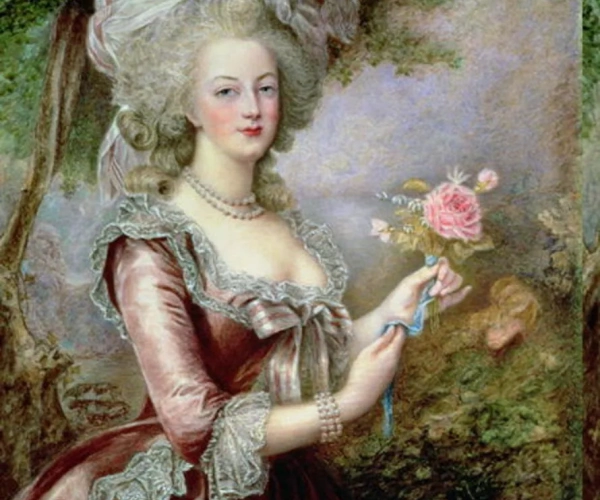
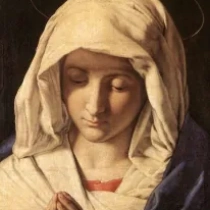
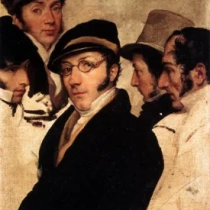
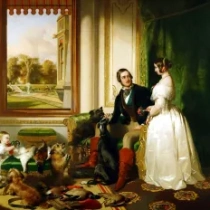
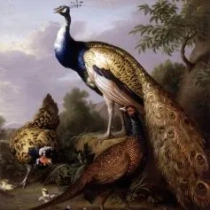
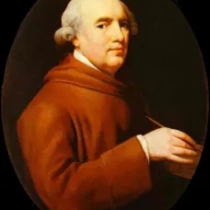
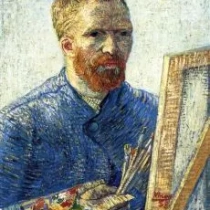
No Comments Yet...